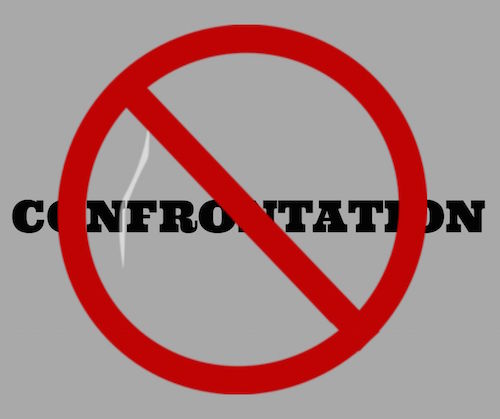Negotiation is an art.
It takes a boatload of finesse to negotiate successfully. Not only do you require a result in your favor, but you want to be fair to your customer, as well. When everybody wins, you’ve negotiated masterfully.
To get to that win/win result, you must do the following:
Make Good On Your Promises
Negotiations always go more smoothly when you have a history of following through on your word. If you make it your practice to only say what you mean and then do what you say, your customer will trust that this pattern will continue even in a negotiation. When you have that trust, you’re sure to make headway.
Listen Intently
We can assume that the need for negotiation arose because something in your business relationship got off track. With that as the foundation, it stands to reason that people may enter into negotiation discussions with their guard up and ready to do battle.
If you can avoid entering into discussions with that attitude, you’ll be ahead of the game. Hearing your customer out, without interruption is a great place to start. Extending this courtesy is likely to come back to you.
Do your homework
You want to establish yourself as an expert on this case. To get there, you must study the case from beginning to end and know the details to the letter. Know dates and times, promises made and promises broken, and have ample evidence to back your self up.
Consider Your Customer’s Point of View
The more you understand your customer’s needs, the better you can anticipate the angle he will take during negotiations. What’s best for his business? What would be his ‘perfect world’ outcome? If you can understand it, you can work to making that outcome work for you as well. This will help to bring about your win/win scenario.
Viewing the problem as the problem instead of viewing the customer as the problem will help you negotiate fairly for the best possible outcome for both parties.

 DURING DISCUSSIONS
DURING DISCUSSIONS